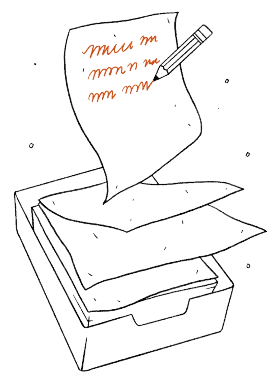Today's News, Tomorrow's Lesson - December 3, 2013
Adi Bloom You could blame it on the sunshine. You could blame it on the moonlight. Either way, enough energy could be generated to light up the world’s dance floors, according to a Japanese company. Tokyo-based Shimizu is planning to set up a giant belt of solar panels around the moon’s equator, creating what it claims will be a “virtually inexhaustible, non-polluting source of energy”.











